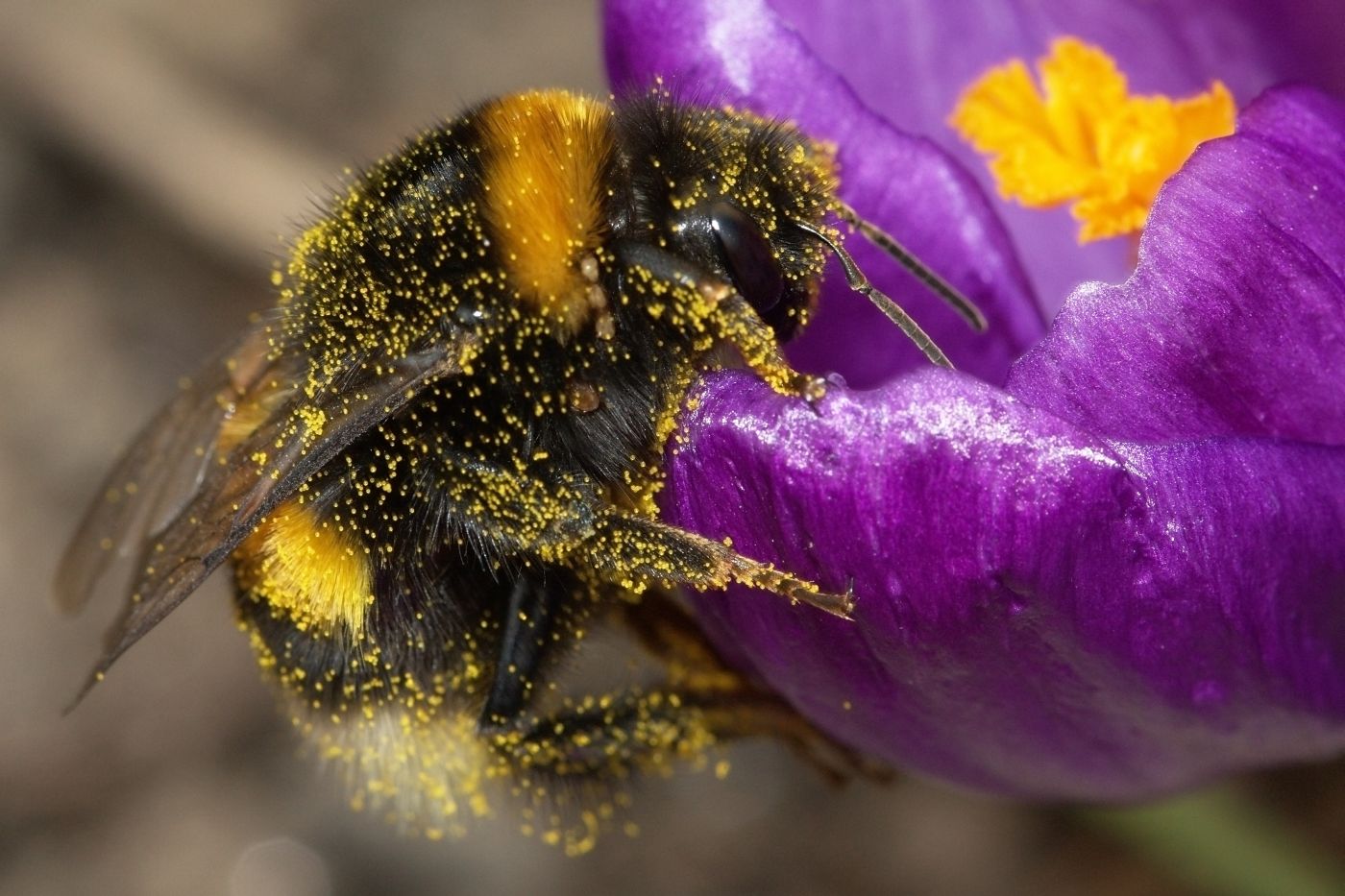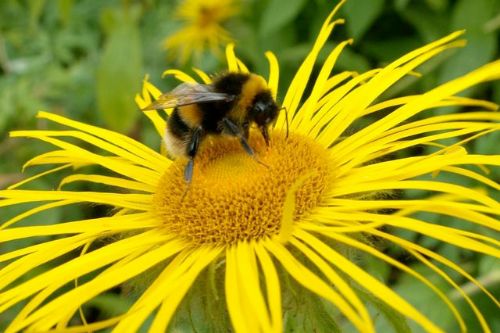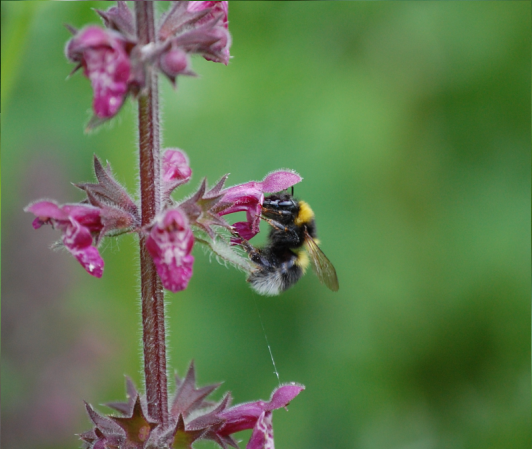
Scientists have tracked the flight paths of a group of bumble bees throughout their entire lives in what is thought to be the first lifetime tracking study of any animal in such detail.
Understanding how bees use the space available to them, and how and when they find food, will provide valuable insights into how to manage landscapes to benefit plants, insects and agricultural crops.
The new study used a radar to show how individual bees explore their environment and search for food.
The findings showed that individual bumble bees differ greatly in the way they fly around the landscape when foraging for nectar and pollen.
The work was performed by scientists from Queen Mary University of London (QMUL) and agricultural research centre Rothamsted Research.

To follow the bees, the scientists used the harmonic radar at Rothamsted Research.
The device uses a tiny transponder attached to the bee to detect a radar signal.
At just 16 millimetres, the light-weight transponders are not thought to affect bees’ flight behaviour.

In total, 244 flights made by four bees were recorded, encompassing more than 15,000 minutes and covering a total distance of more than 180km.
Exploration and exploitation flights
The researchers identified two categories of flight – exploration and exploitation flights.
Exploration of the landscape typically occurs in the first few flights made by each bee and this is when bees discover most of the places they will return to for feeding during their lives, although further exploration flights are sometimes made.
Meanwhile, exploitation of memorised food sources takes place during efficient trips, usually to a single foraging location. This is rarely combined with the exploration of unfamiliar areas.
Dr Joseph Woodgate, of QMUL and Rothamsted Research, said the study provided an "unprecedented look" at where the bees flew, how their behaviour changed as they gained experience and how they balanced the need to explore their surroundings.
Dr James Makinson, who is joint-first-author with Dr Woodgate, added: "One bee was something of a lifelong vagabond, never settling down on a single patch of flowers.
"In contrast another of our bees was exceptionally diligent, quickly switching after only three flights from exploration of the surrounding environment to focusing exclusively on a single forage location for six consecutive days.
"After six days this bee switched her attention to a closer forage source.
"She was able to do this without re-exploring her environment, suggesting she had remembered the location from her initial explorations.
"Our other two bees interspersed foraging for a single location with exploratory flights throughout their entire life."
Bees provide an invaluable service to both natural and agricultural ecosystems by pollinating flowers.
Understanding how they use the space available to them, and how and when they find food, will provide valuable insights into how to manage landscapes to benefit plants, insects and crops.
The study could also help to explain the way the genes of bee-pollinated plants spread throughout the landscape and shed light on the way parasites and diseases are spread between patches of plants.
